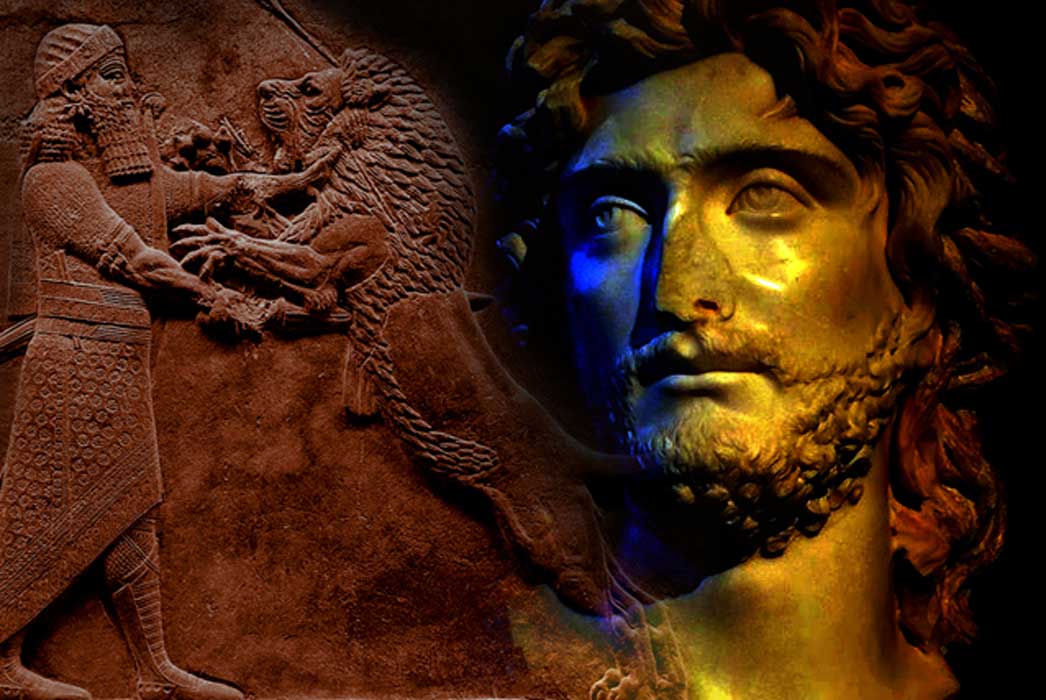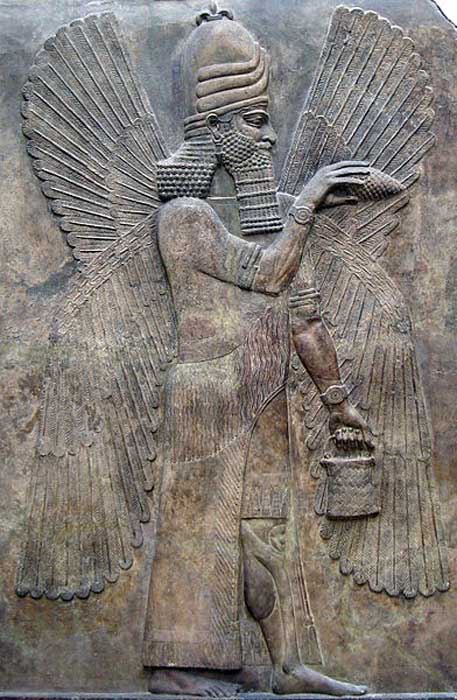
The Man who Assyria Feared: Demon Gallu and King of the Universe
In 660 BCE, mighty Assyria was about to be shaken. A Scythian named Dugdammi united many nomadic tribes into a confederation. This nomadic confederation pushed at the borders of Assyria which so frightened King Ashurbanipal that they felt Assyria had finally met its equal.
Origins of a Mystery Man
The origin of Dugdammi (or Lygdamis) is rather vague according to most historians, but we will try to discover the facts. His name in classical Greek was Lygdamis; in Assyrian it was either Dugdammi or Tugdammi. He was either a Cimmerian or Scythian, since the names are interchangeable and are practically the same.
His story begins around 660 BCE. It seems that the first known attacks from Dugdammi were against Greek coastal cities such as Sardis of Lydia. Afterward, he pushed at the Assyrian empire around 652 BCE. Because of this external pressure, Assyria was drawn into another war against Urartu and Dugdammi's forces. Ashurbanipal mentioned Dugdammi in his annals as “King of the Sakai and Qutu.” The term Sakai (Scythians) was used primarily by Western Iranians to indicate those who spoke in the Iranian vernacular.

Ashurbanipal. The Royal lion hunt reliefs from the Assyrian palace at Nineveh, about 645-635 BC. (CC BY-SA 4.0)
The term Qutu, also rendered as Quti, Qutians, or even Gutium, is a loosely used generic and archaic expression during this period of Assyrian history that has no real value for identifying a particular people. The term Gutium when used by Ashurbanipal refers to those who were hostile to Assyria, particularly those who lived along the Zagros Mountains. However, the term was also applied to Manneans or Medes during this period. In other words, the term Gutium indicates anyone who is hostile and lives from east of the Tigris River into lands of Western Iran. Therefore, it seems evident that when Ashurbanipal speaks of Dugdammi, he is telling us that Dugdammi is from the region of Gutium, which could mean that he came from Media or maybe from the province of Mannea. What is certain is that Dugdammi was King of the Sakai, while his base of operations was evidently in the lands of Gutium.
King of the Universe
Dugdammi’s impact on the Assyrian world was so shocking that the Assyrians found him worthy to hold the title “Sar kissati,” which means “King of the universe” or “King of the world” which is translated as “King of Kish.” This does not mean Dugdammi used the title or even considered the title, let alone even knew about the title, but rather that the Assyrians found him worthy of the title.
- The Powerful Assyrians, Rulers of Empires
- The Siege of Lachish: History from Both the Victors and Defeated
- Scythian Tactics and Strategy: Devastating Guerilla Archers - Part I
- Scythian Tactics and Strategy: Scorched Earth Victories - Part II
The meaning of the title “Sar kissati” suggests that Dugdammi controlled regions rather than smaller provinces. In ancient times, this title went to those who controlled vast regions within or outside the boundaries of Mesopotamia. Akkullanu, Ashurbanipal’s court astrologer, tells Ashurbanipal that he would gain back the power and title once King Dugdammi was defeated. It seems that if Ashurbanipal defeated Dugdammi, he would gain back the respect of his people, as well as his enemy, and in doing so, he would control the four corners of the known world.

Apadana, a winged man (Public Domain)




